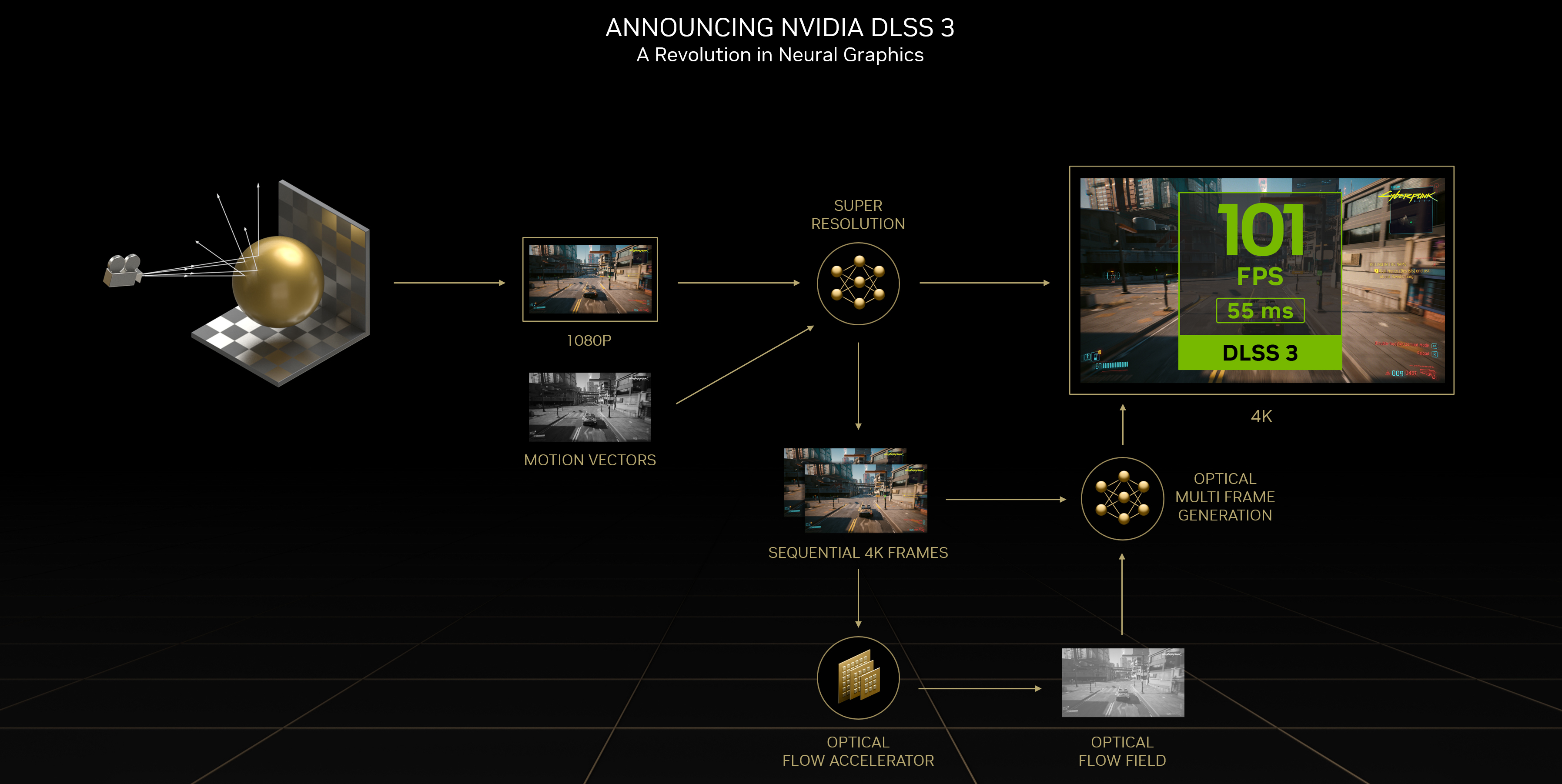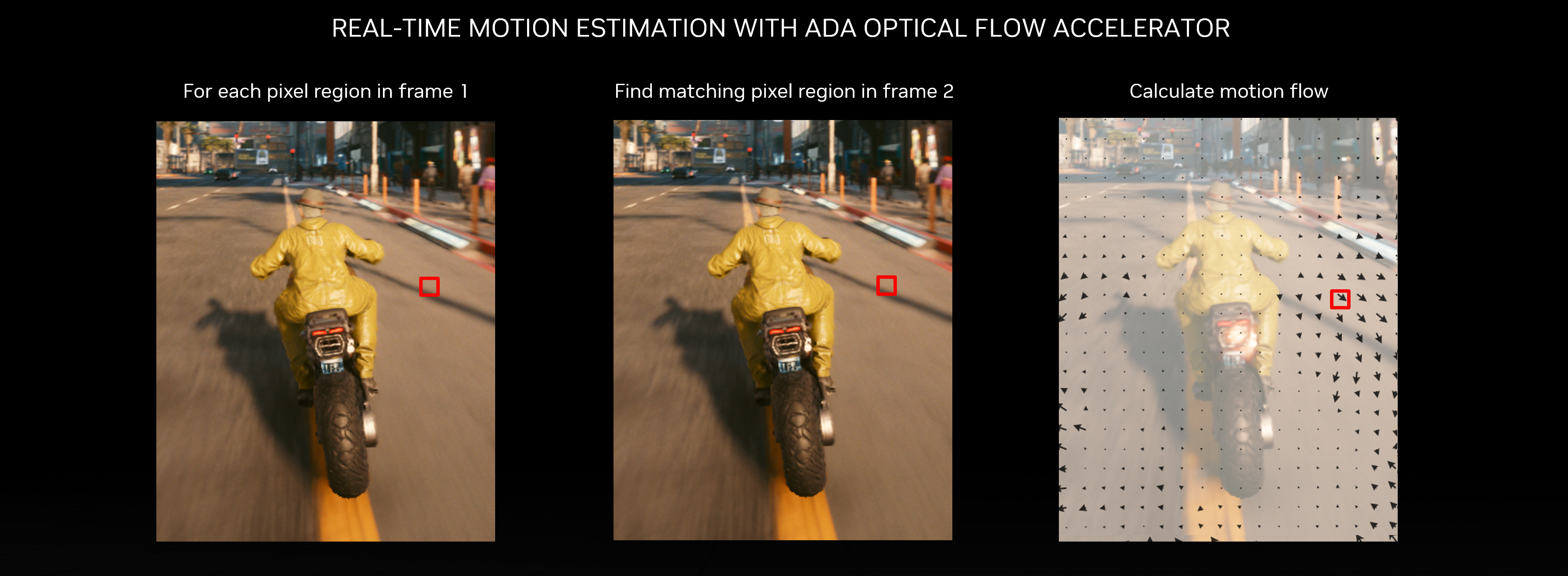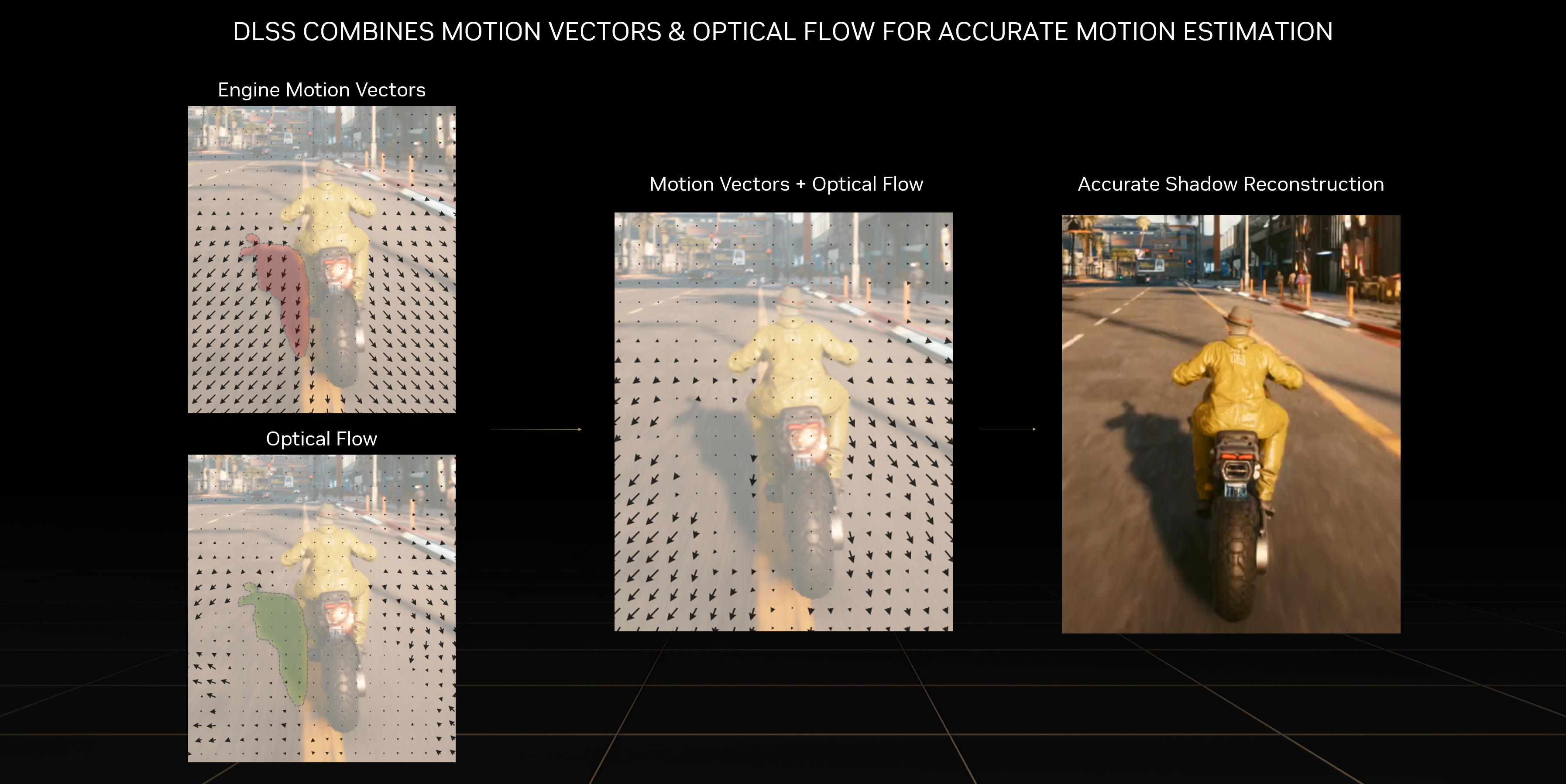Polygon rasterization is inherently a cheat. You're using polgons to approximate the geometry of a real object, and then painting them on the screen to approximate the way light would project the image on a camera image sensor. Polygon rasterization doesn't even pretend to be physically accurate, and it deviates to such a degree that you can't honestly characterize it as merely an "optimization".Those aren't "cheats". Everything in the graphic pipeline is full of tricks to optimize performance, and using AI is not different. Is math. Is not a moral thing.
Eh, depends on how you look at it, but if we're treating the image plane as a "virtual camera", then I see nothing wrong with quantizing it in the spatial domain.Games were always pixelated, and you could also claim that those are "cheats".
That & your quake example are merely optimizing a cheat. You're missing the forest for the trees, here.The original Tomb Raider had triangles which switched perspectives as the camera moved, jerking from one position to another, because the arithmetic used didn't had enough precision, but that's what allowed the game to run.
My point was that graphics is inherently a cheat, so it strikes me as a bit silly for people to take such a principled stand that some pixels are "real" and others aren't. All that ultimately matters is how fast it is vs. how good it looks.
Whether to use DLSS is simply a value judgement. Would you rather game at higher resolution & framerates, or would you rather have "higher fidelity" pixels at a lower resolution & framerate? At some level DLSS just needs to look "good enough", and that's basically just the point at which it wins out over the alternative.
In a sense, what I'm actually arguing is that the whole "moral" stance some people seem to take on DLSS is drawing an artificial distinction. I think people should simply be pragmatic and use it if they think it looks good enough. If not, don't.
Based on your Tomb Raider comment, I hope we agree that this quest for the "true image" is artificial and ultimately self-defeating.





